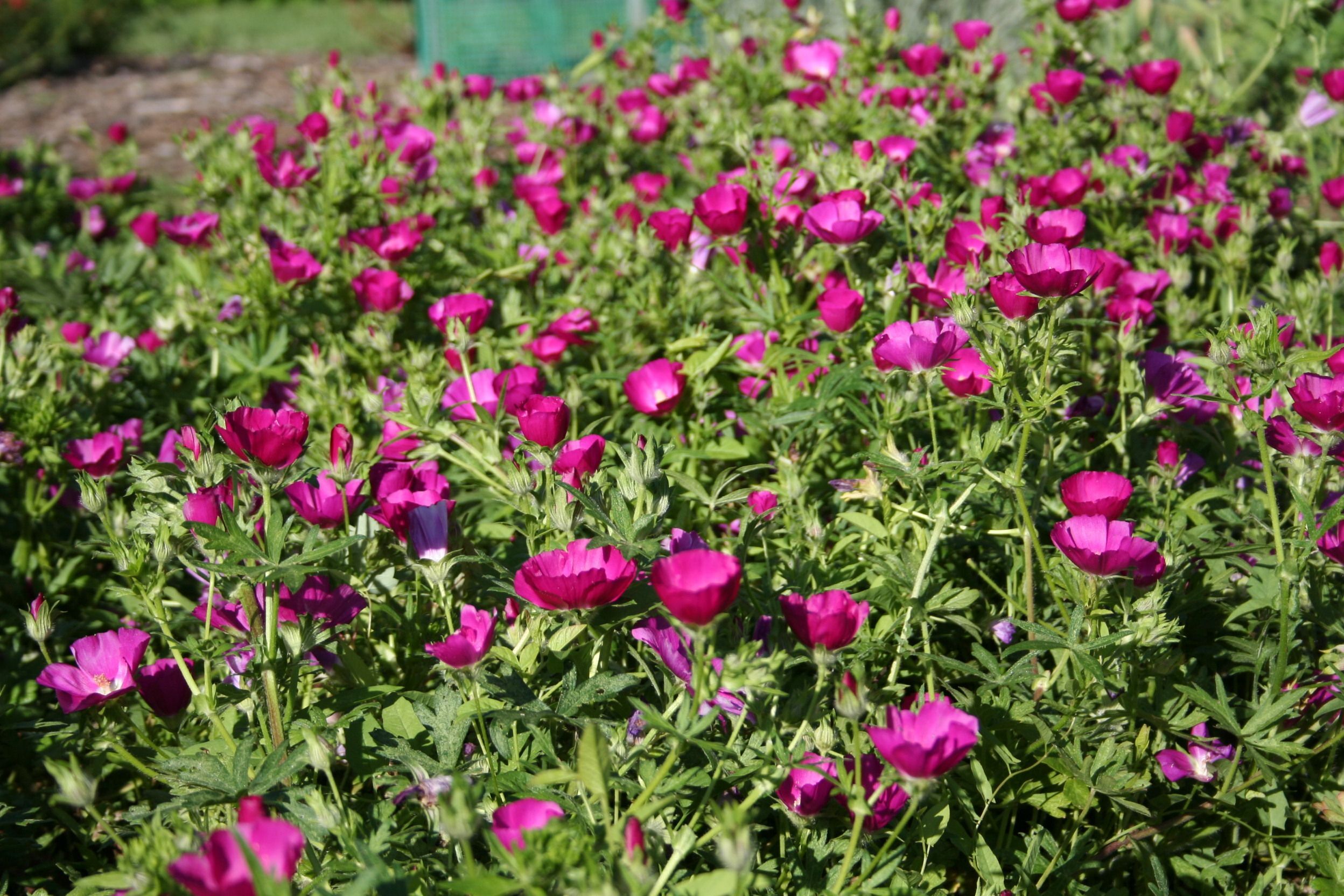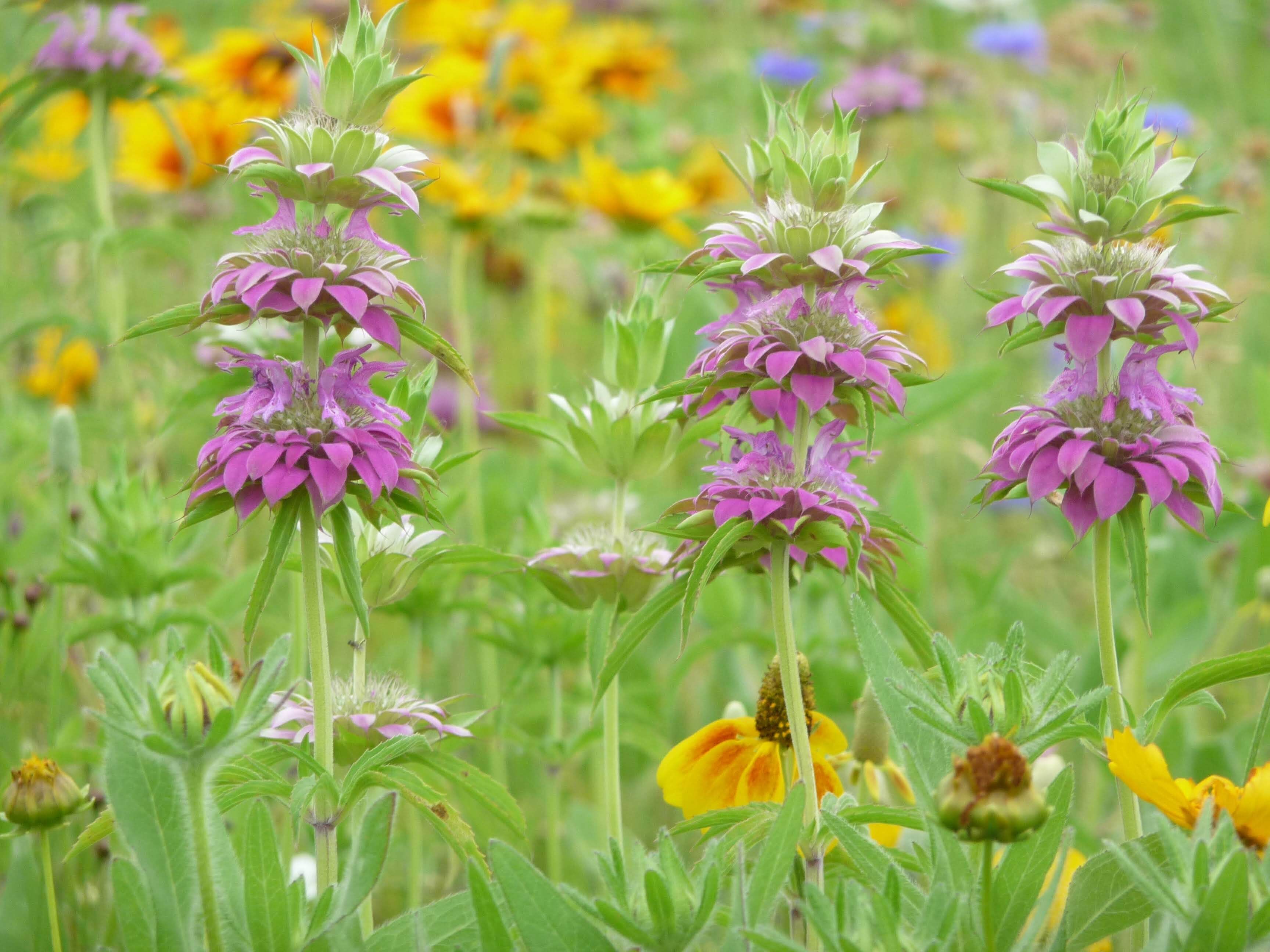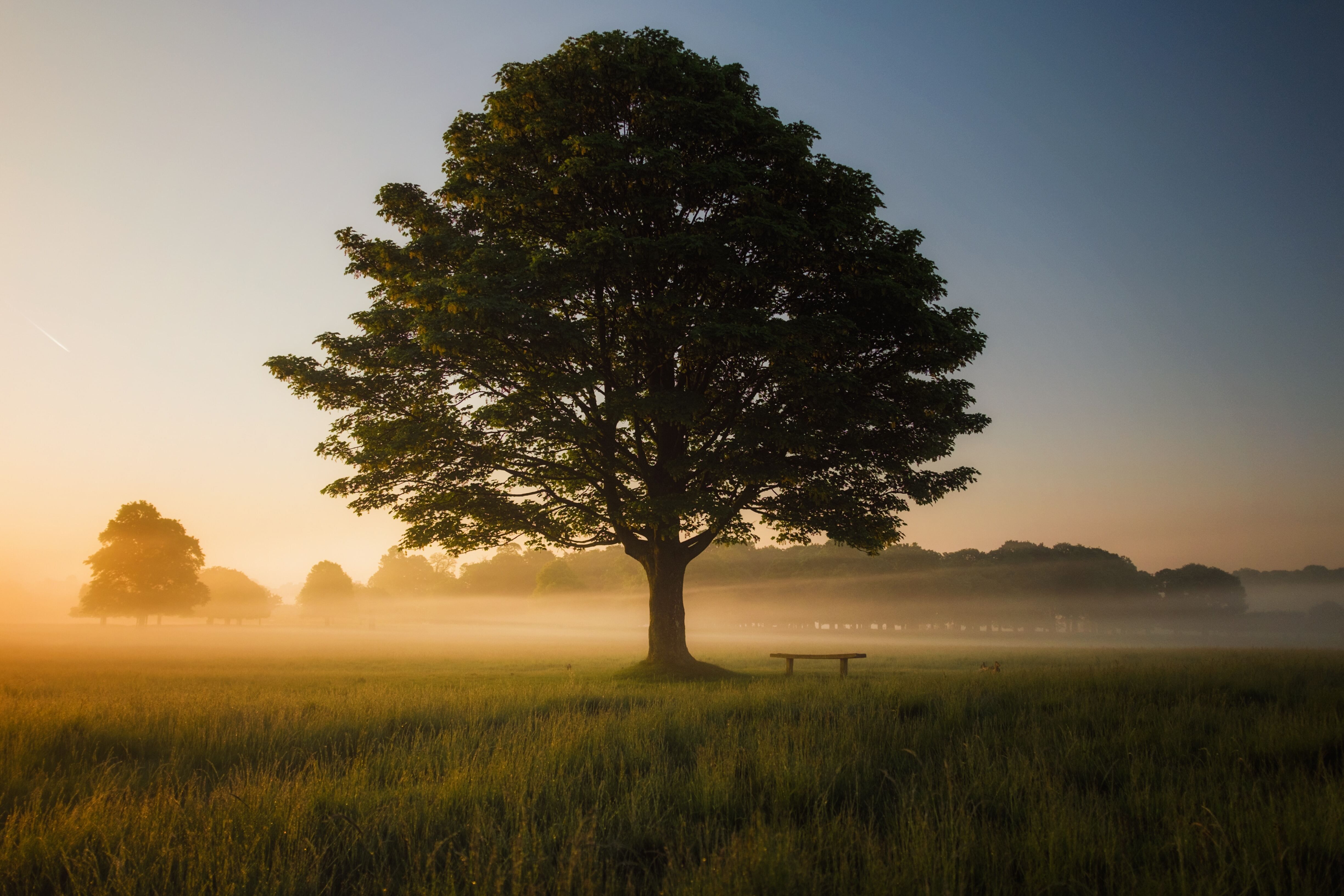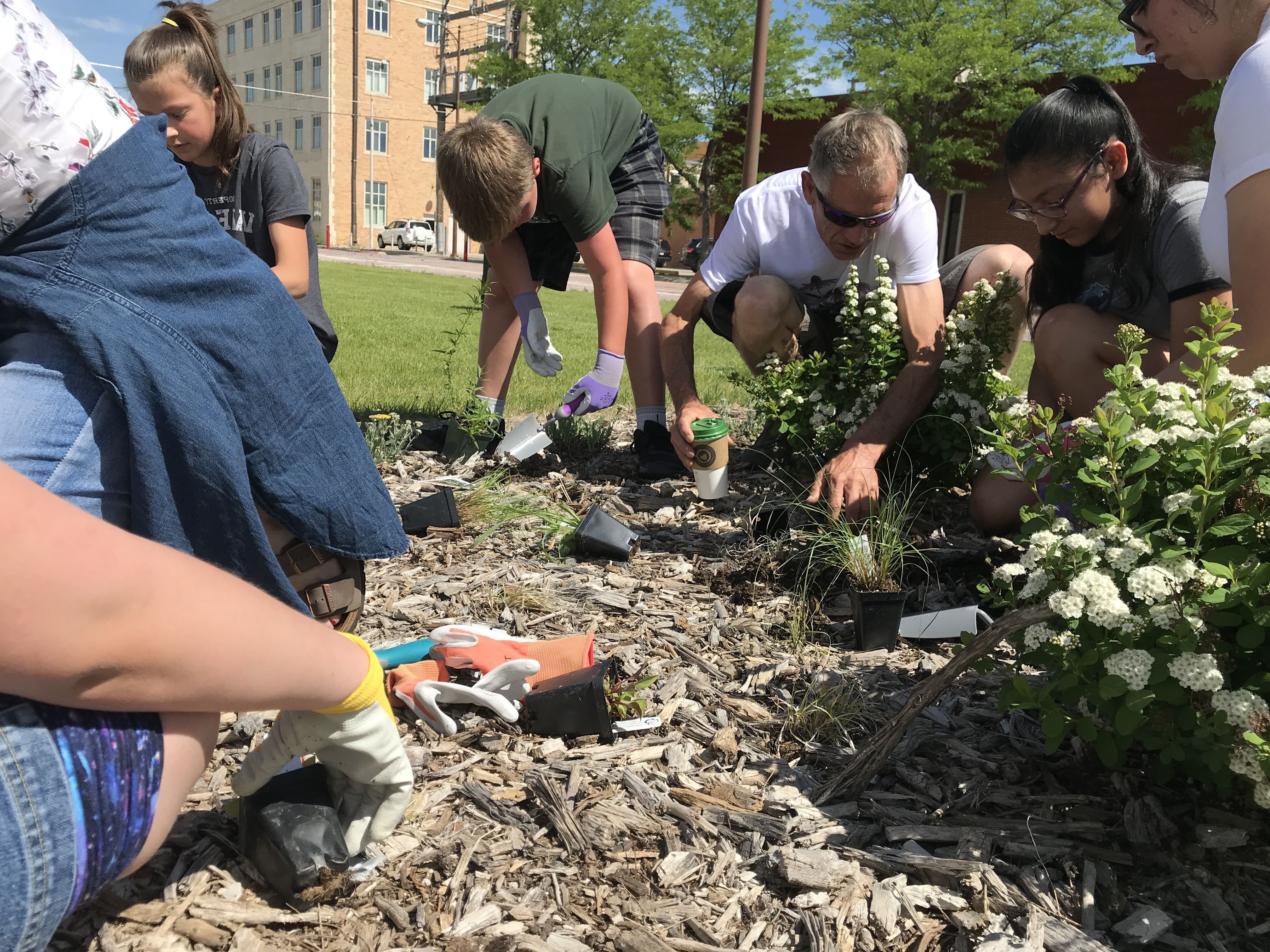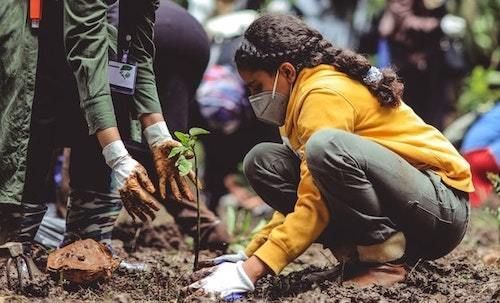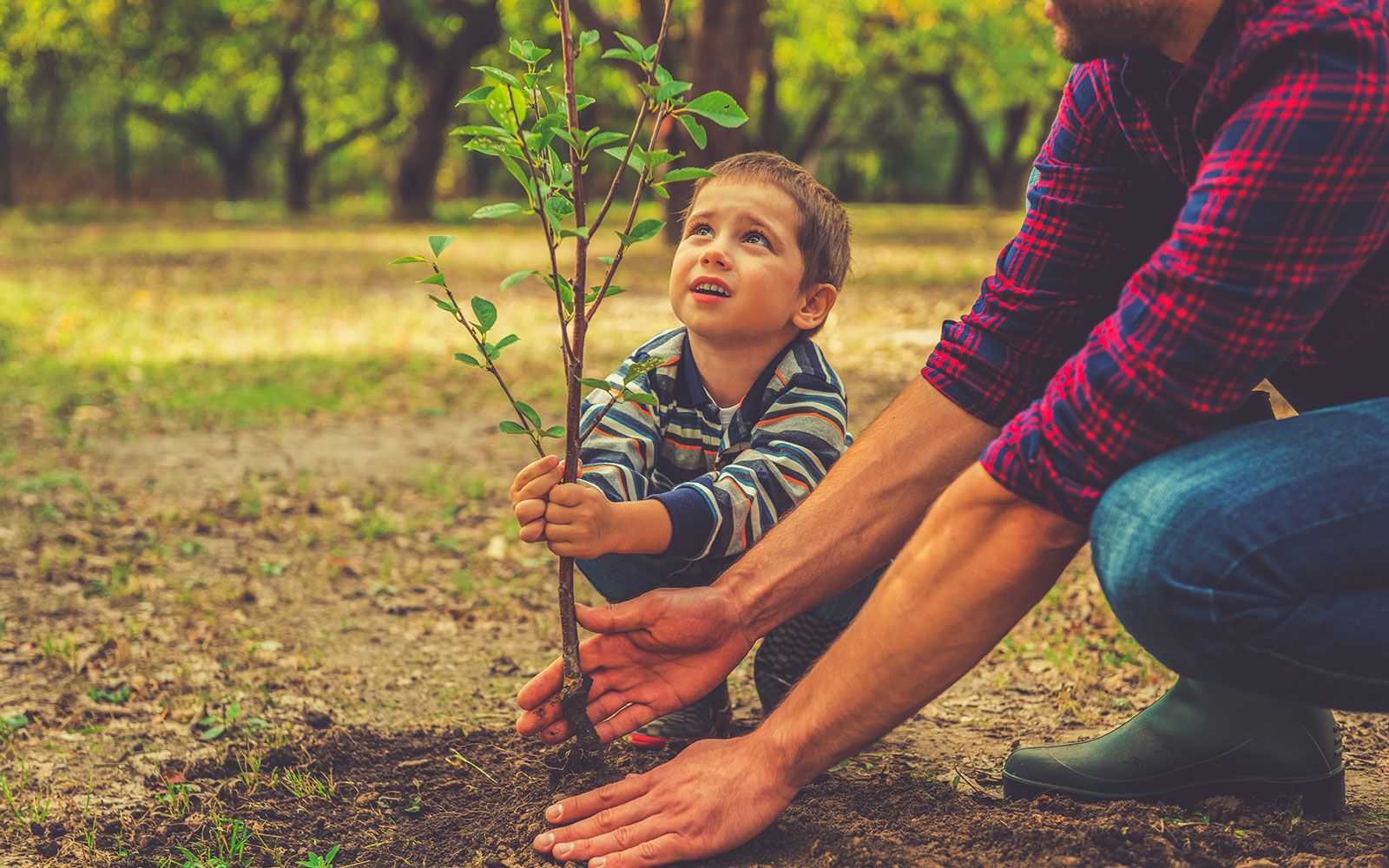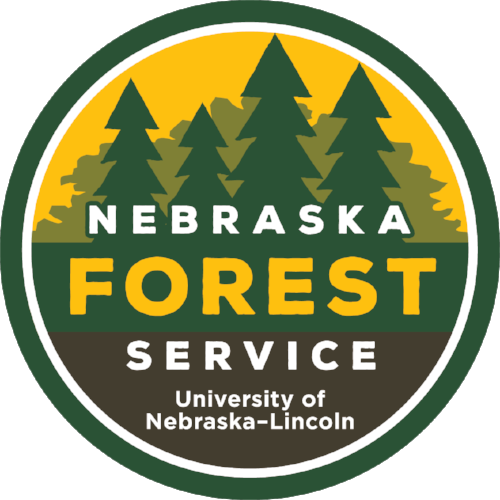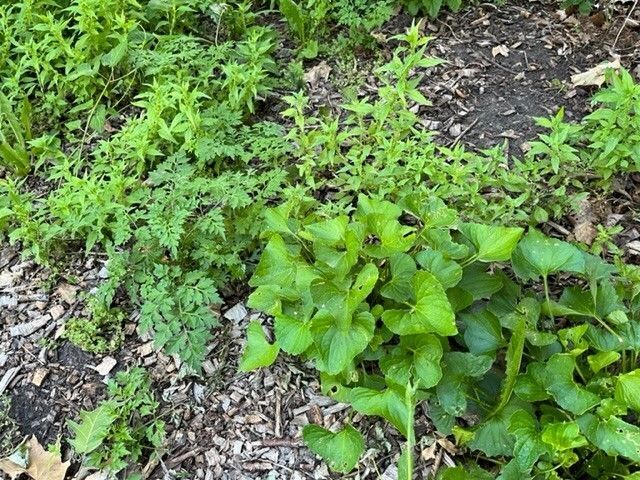
Believe it or not, this post discusses the value of weeds. Yep weeds. Those darn plants that come to our landscapes uninvited and cause us much grief and consternation. It might mostly be written to appease my mind about the weeds I’m not dealing with in the landscapes I help manage, but I actually do believe that we should try to be more accepting of at least some benign weeds. My theory is that being a bit more relaxed about weeds could improve our tree health as well as our mental health. For the landscape managers I know (including myself in this discussion), weed management is eclipsed only by lawn mowing in terms of the time commitment and resources involved. In fact, during the growing season it can seem like all we do is battle weeds. We pull them, dig them, mow them, trim them and spray them. And it gets old! Of course we want our landscapes to look neat and tidy (or at least not be a weedy mess). It’s in our human nature to try and put order to the disordered world around us. But when it comes to tree and landscape health, I think we’d be smart to recognize that doing near-constant battle with weeds can have several negative impacts:
- Herbicide spray and drift injury to non-target landscape plants, including many of our trees.
- Trunk damage to trees and shrubs from mowers and string trimmers.
- Carbon emissions (and noise!) from gas-powered trimmers, mowers and blowers.
- Removal of ground covering plants leading to bare-ground heating up and drying out faster.
- Creating open ground that will eventually be filled by other weeds (nature abhors a vacuum).
- Reduced biodiversity and habitat for insects and wildlife.
- Time and labor costs to try and keep up.
- Getting sunburns, scraped knees, bad backs and insect bites when battling those weeds!
We may not want to think about it but some weed acceptance can be quite beneficial. Weeds help add organic matter to the soil and their roots help improve the water holding capacity of soils; many weeds are important food sources to beneficial insects and other wildlife (milkweeds, smartweeds, violets); many species are edible to humans (purslane, dandelions, nettles); and several species are actually attractive in the right light (Spanish needles, toothed spurge, violets). It could be well-argued that some weeds help make our landscapes more tasty, visually interesting, and ecologically meaningful.
As I’ve gotten older and a bit wiser about ecology (and with a bit of tiredness creeping in), I’ve become more accepting of benign weediness and I think we’d be smart to encourage that in others. Of course we don’t want our landscapes to look unkept, but much of the messiness is a mindset. Ask a 5-year old about what they like better and they’d probably point to the clover patch rather than the weed-free lawn. If we take some time to help educate those around us on the topic, I’m guessing acceptance would go up. For example in a public park we might post a sign that says “The landscape in this park is maintained to maximize biodiversity, beneficial insects, bird abundance and flowering beauty while reducing costly maintenance inputs. A few benign weeds are accepted as part of a more healthy ecology.” Or perhaps to stave off the crabbiest of complainers, we might post a sign that says “Wanted: weed pulling volunteers!”.
What makes a weed benign is open to debate, but for me it’s those species that aren’t too wild looking and which don’t aggressively smother more desirable plants. I’m also more tolerant of weeds that have ecological value in helping to feed pollinators and important wildlife. In fact many of these weeds are native to the area and if they were hard to grow, would probably be sold as landscape plants. Also, it’s not that we never try to control these weeds, but they’re generally not worth a major effort of eradication. Depending on when and where they show up, some of the species that I consider benign include bedstraw, henbit, dayflower, woodsorrel (oxalis), pellitory, purslane, smartweeds, Spanish needles (bidens), prostrate spurge, toothed spurge, milkweeds, plantains, ground ivy, trefoil and violets among others.
This does not mean that I love and accept all weeds. In fact, there are many weeds I go after quite aggressively including prickly lettuce, pigweed, kochia, lambsquarters, marestail, puncturevine, velvetleaf, poison hemlock, Canada thistle, musk thistle, bursage, dock, pokeweed, crabgrass, bromegrass, downy brome, wild buckwheat, bur-cucumber, and many woody weeds, just to name a few. Mulberry is an especially despised plant as I’m constantly digging up bird-pooped seedlings, even in heavy shade. As for the dandelion, the most hated of all weeds, I want to be relaxed about it. It’s relatively benign, but it can get out of hand and is quite ugly when it goes to seed. I accept quite a few of them, but I dig up many more. A good place to learn about the worst of our weeds, including those invasive species we should be doing hard battle against, is the Nebraska Invasive Species Program: https://neinvasives.com/plants.
One thing I’ve learned about weeds over the years is that they can be quite cyclical. What’s a problem one year often fades over time. A prime example is bedstraw (Galium aparine). I fought it for years in a park as it wove its way into shrub beds and it’s sticky stems and seeds moved everywhere. Eventually I mostly gave up trying to remove it, especially after learning that it’s edible, has medicinal uses, benefits several native insects and actually makes a decent looking groundcover around shrubs. Ironically, over the last two years it’s mostly faded from the park. Another intriguing weed is common milkweed (Asclepia syriaca). It shows up wherever it darn-well pleases but is less desired than the orange-flowered butterfly milkweed or the taller rose milkweed that we work hard at planting and trying to cultivate in our gardens. But those plants are finicky and often short-lived and long after they’re gone the more resilient common milkweed will still be around doing its part for monarchs, tussock moths and other cool insects. Ironically, if we tried to plant it somewhere it would probably die, but if we just accept it where it comes up naturally, we’ll have free plants with fragrant blooms doing hard work for ecology. Weeds are dynamic and ever changing and there is something poetic and informative in that if we take the time to notice it.
As it should be, our tolerance for weeds is going to vary from site to site and from person to person. There is no one prescription for this mindset. And none of this is meant to be a put-down against those of us who prefer fewer weeds in our own landscapes. Indeed, weed pulling is good exercise and can be very cathartic, and it’s always a pleasure to visit a colorful and weed-free garden that someone has poured their creativity and energy into. Such places are works of art and are refreshing for the soul. But let’s spend some time learning about some of the more common weeds around us and we might start seeing them in a new light. By being relaxed about some of these plants in our public spaces we can reduce our carbon footprint, improve biodiversity, improve soil health, add to our diet and have a good excuse to be a little lazy – if so inclined.


